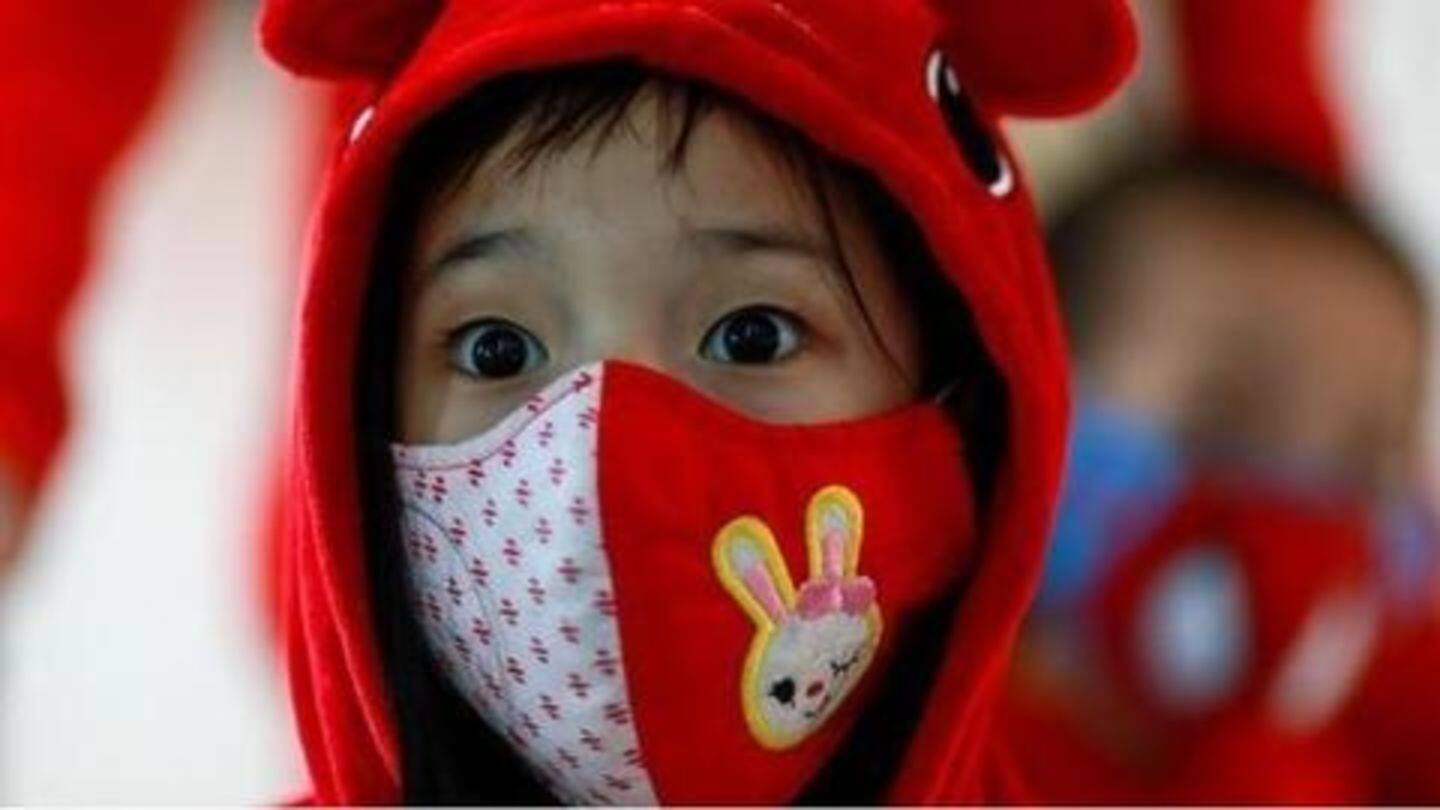
Scientists fear coronavirus could be spreading through just breathing, talking
What's the story
At a time when medical professionals are scrambling to find a vaccine for coronavirus, that has claimed 59,172 lives and infected more than 10 lakh, a damning study by a celebrated group in the United States suggests that it might be spreading through breathing or talking. It could remain suspended in the air in the ultrafine mist that's produced when people exhale, the study claims.
Study
New findings hint that COVID-19 might be airborne
On Wednesday, the National Academy of Science (NAS) sent a letter to White House detailing findings of its new study. While the results aren't conclusive, the body said, it is "consistent with aerosolization of virus from normal breathing". This assumes significance as until now scientists said the virus spreads through large respiratory droplets, that people exhale while sneezing or coughing.
Details
Coronavirus remains in air, people should wear masks, suggests study
The common perception has been that droplets, which carry coronavirus, land within 1-2 meters after an infected person sneezes/coughs. It could possibly land on surfaces too. But the latest study hints that it remains in the air for some time, making it extremely difficult to contain the spread. This also bolsters the argument that people should wear masks at all times.
What happened
White House asked NAS to judge virus' behavior
To note, the NAS was asked by Kelvin Droegemeier, who works with the Office of Science and Technology Policy at the White House, to shed light on the virus' behavior. In response, a high-ranking official of NAS, Dr. Harvey Fineberg sent a letter that read, "Currently available research supports the possibility that [coronavirus] could be spread via bioaerosols generated directly by patients' exhalation."
Letter
Protective gear doesn't guarantee ultimate safety either
Dr. Fineberg's letter quoted a study of the University of Nebraska which showed that virus' genetic material was found in rooms that were more than 6 feet away from infected patients. Further, he also said that the virus can remain in air when doctors and medical staff remove their protective gear. It can also remain suspended when floors are cleaned or when staff moves around.
Presense
Breeze can disperse the virus, Dr. Fineberg hinted
However, the letter didn't tell for how long the virus can remain in the air. "If you generate an aerosol of the virus with no circulation in a room, it's conceivable that if you walk through later, you could inhale the virus. But if you're outside, the breeze will likely disperse it," Dr. Fineberg said and added that he will start wearing a mask.
Looking back
New England Journal of Medicine also had similar suggestions
Before NAS, the New England Journal of Medicine said coronavirus remains suspended in aerosol droplets that are below 5 microns for up to three hours. Last week, the WHO commented that aerosol transmission "may be possible in specific circumstances and settings that generate aerosols", but added that a study of more than 75,000 cases of China didn't show any such result.
Quote
Lockdowns and social isolation become all the more important now
On the latest study, an anonymous virologist told HT, "This could explain why the virus is spreading so quickly, and with evidence of asymptomatic spread of the disease, complete social isolation and lockdowns become critical to contain the disease."